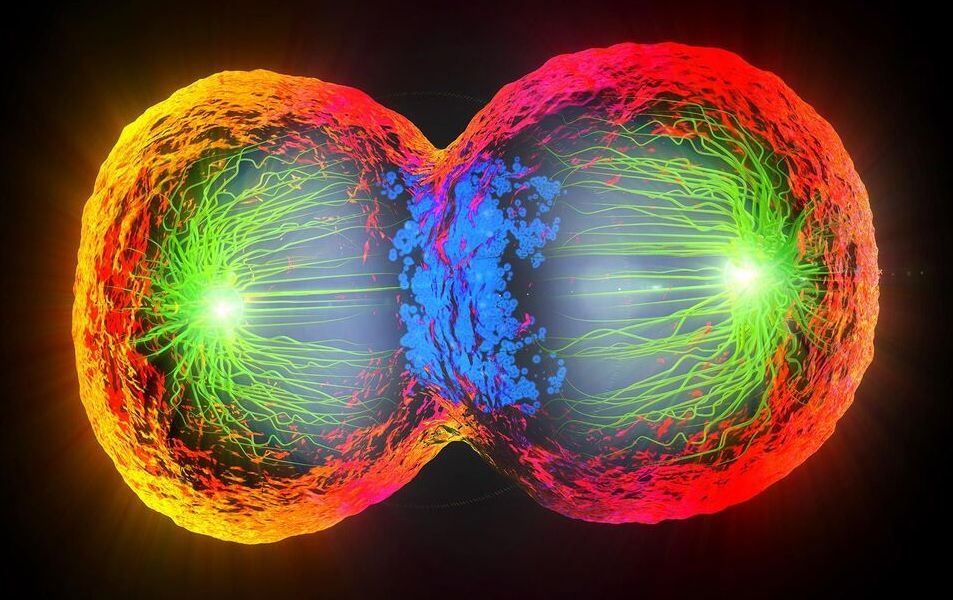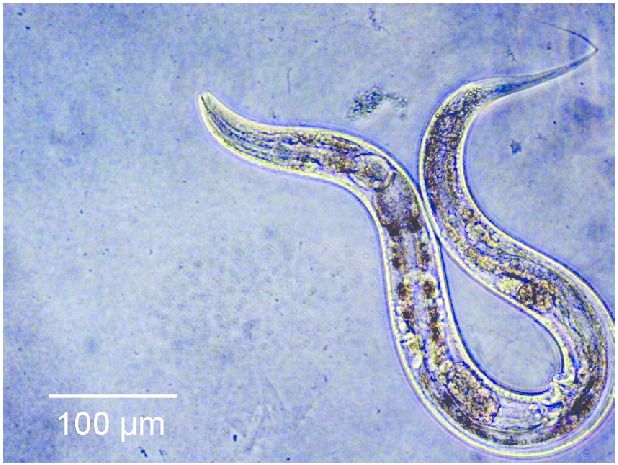May 28, 2021
Researchers create new CRISPR tools to help contain mosquito disease transmission
Posted by Michael Taylor in categories: bioengineering, biotech/medical, genetics
Since the onset of the CRISPR genetic editing revolution, scientists have been working to leverage the technology in the development of gene drives that target pathogen-spreading mosquitoes such as Anopheles and Aedes species, which spread malaria, dengue and other life-threatening diseases.
Much less genetic engineering has been devoted to Culex genus mosquitoes, which spread devastating afflictions stemming from West Nile virus—the leading cause of mosquito-borne disease in the continental United States—as well as other viruses such as the Japanese encephalitis virus (JEV) and the pathogen causing avian malaria, a threat to Hawaiian birds.
















